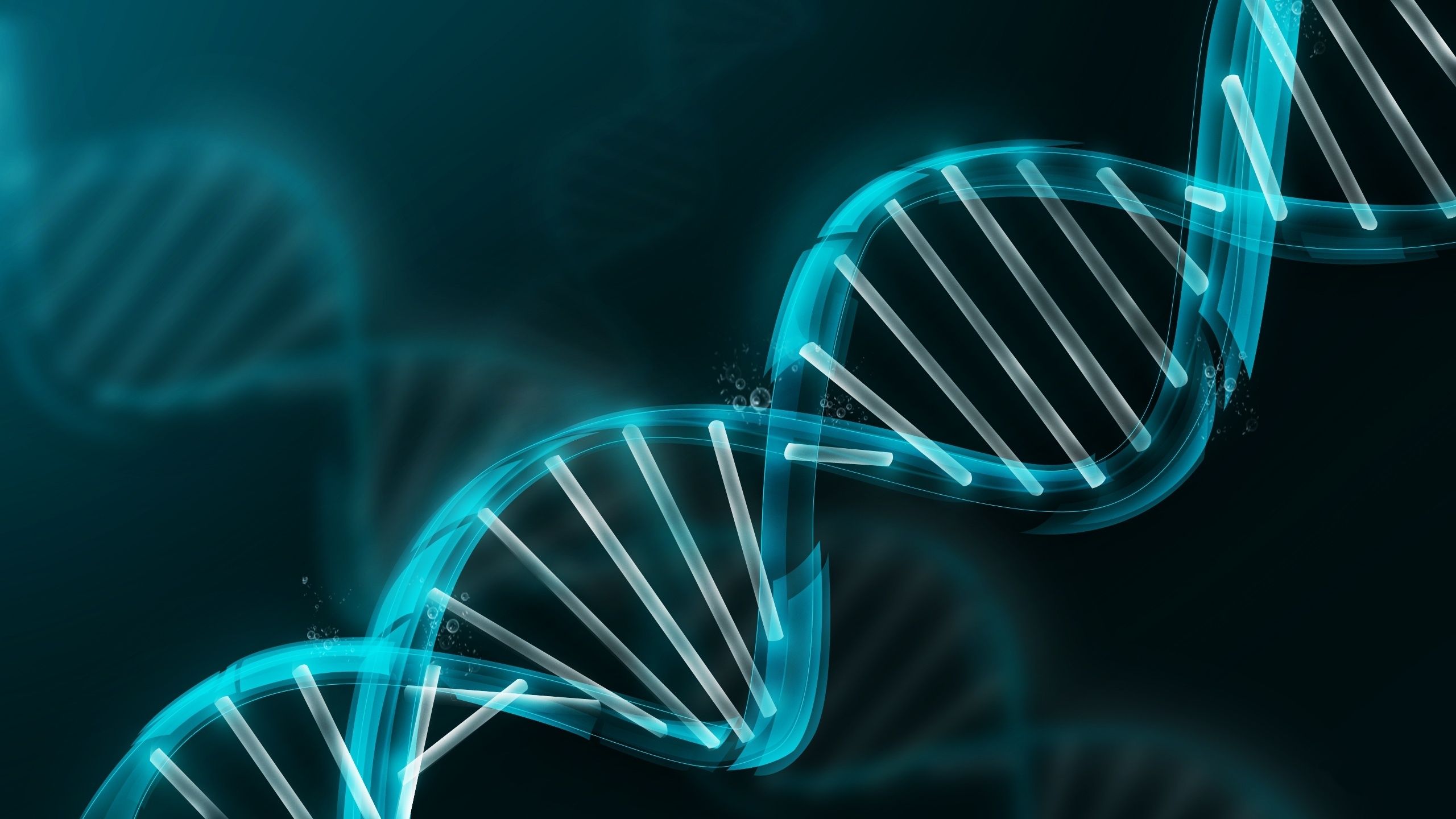What is a “Paternity Event”?
You may see the phase "paternity event" used periodically on this website. What does it mean? For our purposes it applies to a birth in which a boy received his Y-chromosome from one man and his surname from another. In other words the reported father is not the biological father.
This is a subject we need to be aware of during our search for connections through DNA. The Y-DNA is passed down from father to son, generation after generation. There is an occasional mutation but basically this DNA remains unchanged. That is why we use it. A male living today will have essentially the same Y-DNA that his direct male line ancestor did 10, 20, or more generations ago. Two males with a common ancestor long ago should have matching Y-DNA.
Sometimes we find two well documented lines tracing back to the same ancestor, but their Y-DNA doesn’t match. There are three explanations:
1. The documentation was wrong – which is common.
2. The DNA test results are wrong – which is rare, but does happen. There could have been a clerical error when recording results, contamination, etc..
3. There was a paternity event. Somewhere up the male line there was a “break”. No biological connection between a father and son. We don’t know when – it could be two generations ago. It could be ten generations ago. As a result the Y-DNA actually comes from a different line than what we were expecting.
There are many possible explanations for a paternity event. Below is a list of ten, which is an edited version of what was originally posted by Anne W. Nelson.
1. A woman who was widowed in Colonial days often remarried quickly -- life was hard and in those days women needed someone to provide for them economically. If she was pregnant from her first marriage at the time of her second marriage, the child would be recorded as the child of her second husband.
2. Women died far more often in childbirth in Colonial times and earlier than they do today. For various reasons, the father might not have felt capable of raising an infant, so the infant might have been raised by the mother's sister or brother, or even the father's sister and her husband.
3. People died from illnesses we take two aspirin for today, from badly preserved food, from logging and mining accidents, from farm accidents, from being thrown from horses, from drowning in floods, from hurricanes collapsing their homes, in fires, etc. Family or even neighbors would "take in" orphaned children and raise them as their own.
4. Men with no children might give an apprentice their name. Or their son-in-law might adopt the surname.
5. Inheritance of a mother's family fortune might prompt the adoption of the mother's maiden name.
6. A married woman left on an isolated farm might be subjected to rape. The child would legally be the husband's when born inside the marriage.
7. People changed their names when they moved to escape a past -- sometimes that was simply the result of running away from an indentured servitude situation. Or perhaps they had had a disagreement with their father and took another name.
8. A married women may have had an affair with a neighbor or some other “visitor” and the resulting son was raised as if he was her husband’s child.
9. Even up to recent times, legally, formally adopted children often weren't told they were adopted. If a man is tested for DNA, his father might well have been adopted and he wouldn't know it. Again, while some of these children might be the result of illegitimacy, some were also legitimate children given up by poor families or widows. We have examples of this as recently as the Depression, during which many parents gave up their children rather than watch them starve to death.
10. We are rapidly approaching the point at which people who are the result of sperm donor artificial insemination may be signing up as DNA participants and they may not know their parents took this route to have them.

